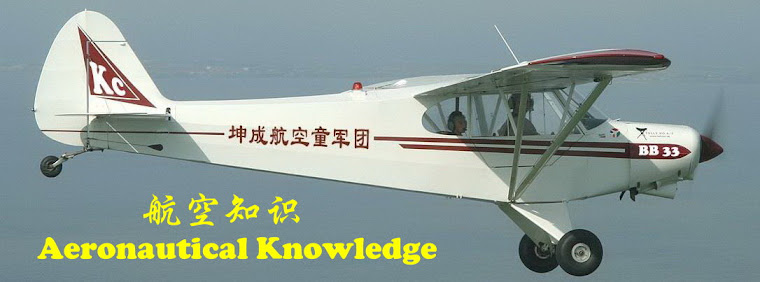Pitch is the up and down movement of the aircraft's nose around an axis line drawn from wingtip to wingtip. When you apply pitch by pulling back on the stick, you angle the aircraft's elevators up, causing the nose to rise.

Yaw is the side-to-side rotation of the aircraft's nose around a vertical axis through the center of the aircraft. It changes the direction of horizontal flight, but does not affect altitude. You use the rudder to angle the aircraft's rudder left or right, which creates yaw.
 Roll is the tipping of the wings up or down. The aircraft maintains its current direction of flight, but the wings spin around an imaginary line drawn from the nose through the tail. Roll occurs when you push the stick left or right, causing one aileron to angle down and the other to angle up. This increases lift under one wingtip while decreasing lift under the other, creating roll.
Roll is the tipping of the wings up or down. The aircraft maintains its current direction of flight, but the wings spin around an imaginary line drawn from the nose through the tail. Roll occurs when you push the stick left or right, causing one aileron to angle down and the other to angle up. This increases lift under one wingtip while decreasing lift under the other, creating roll.

BANK
You can combine pitch and roll movements to make a banking turn. By pitching the nose up and applying right stick, you cause the aircraft to bank to the right. You can accomplish a left bank by pitching up and applying left stick. A banking turn changes both the angle of the nose and the direction of flight.
You can combine pitch and roll movements to make a banking turn. By pitching the nose up and applying right stick, you cause the aircraft to bank to the right. You can accomplish a left bank by pitching up and applying left stick. A banking turn changes both the angle of the nose and the direction of flight.
One side-effect of a banked turn is that you lose both lift and airspeed. If you want to preserve your altitude and energy, it's always a good idea to apply a bit of extra throttle preceding a bank turn.


